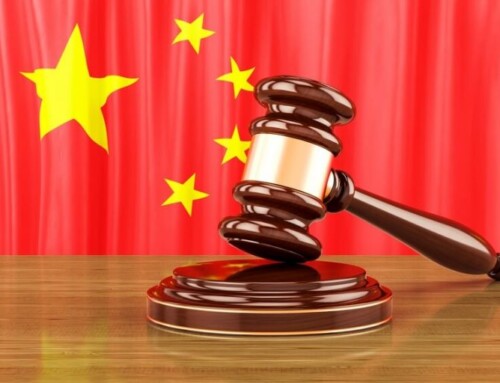On October 21, 2025, the Ministry of Industry and Information Technology (MIIT) released a draft of the “Computing Power Standards System Construction Guideline (2025 Edition)” for public comments until November 20, 2025. This initiative aims to establish a unified and advanced national standard system for computing power, a sector identified as a core pillar for technological innovation and economic growth. The guideline introduces a plan to develop and revise over 50 standards by 2027. These standards are intended to standardize the burgeoning computing power industry, optimize resource allocation, and ultimately support the construction of a nationwide integrated computing power network. The move is positioned as a response to intense global technological competition and the need to enhance the core competitiveness of China’s computing power sector.
The proposed standard system is structured around 9 key pillars, reflecting a holistic approach to governing the entire computing power ecosystem:
- Foundation and General Standards: Defining fundamental concepts and the overall architectural framework of computing power, serving as the foundation for all other parts of the system.
- Computing Facilities Standards: forming the base layer, focusing on the physical infrastructure for stable operation.
- Computing Equipment Standards: covering hardware (computing, storage, network) and supporting software essential for the efficient delivery of computing power.
- Computing-Network Integration Standards: ensuring seamless synergy between computing and network resources.
- Computing Interconnect Standards: enabling efficient resource location and operation through identifiers and data circulation.
- Computing Platform Standards: providing the tools for managing, monitoring, and trading computing power resources.
- Computing Application Standards: Residing at the top layer, focusing on application development and providing comprehensive support for deploying computing power in various vertical industries.
- Computing Security Standards: A cross-cutting component that ensures compliance and reliability across the entire development lifecycle of the computing power sector.
- Green & Low-Carbon Standards: enforcing environmental sustainability and energy efficiency across the lifecycle of all products and services.
(See more details in the figure below)

The guide emphasizes several implementation measures, including accelerating the development of key standards, promoting standard awareness and application among enterprises, fostering a robust industrial ecosystem through collaboration, and enhancing international cooperation in standardization to facilitate the global reach of Chinese digital technologies and computing services. This guideline outlines a clear standardization framework for foreign enterprises operating in China’s computing power sector. It establishes unified technical requirements for market access while promoting industrial collaboration across the ecosystem. The framework may create partnership opportunities in specialized fields, though compliance will require operational adjustments. Companies should monitor standard development and assess implementation timelines to maintain market positioning amid evolving regulatory requirements.
Chinese source of the article: https://wap.miit.gov.cn/jgsj/kjs/jscx/bzgf/art/2025/art_8768ffb50e0e4064a225791388fb244f.html





